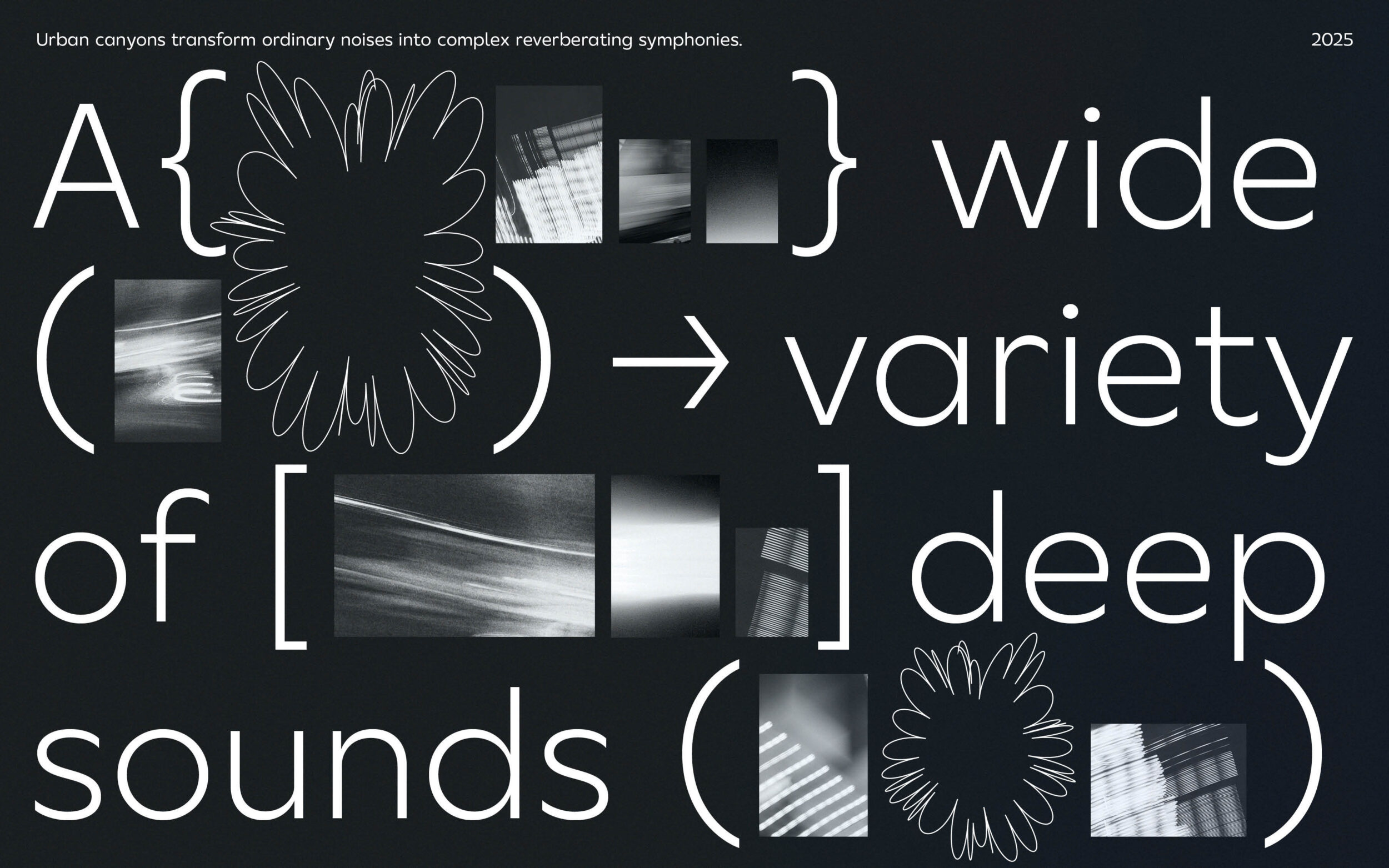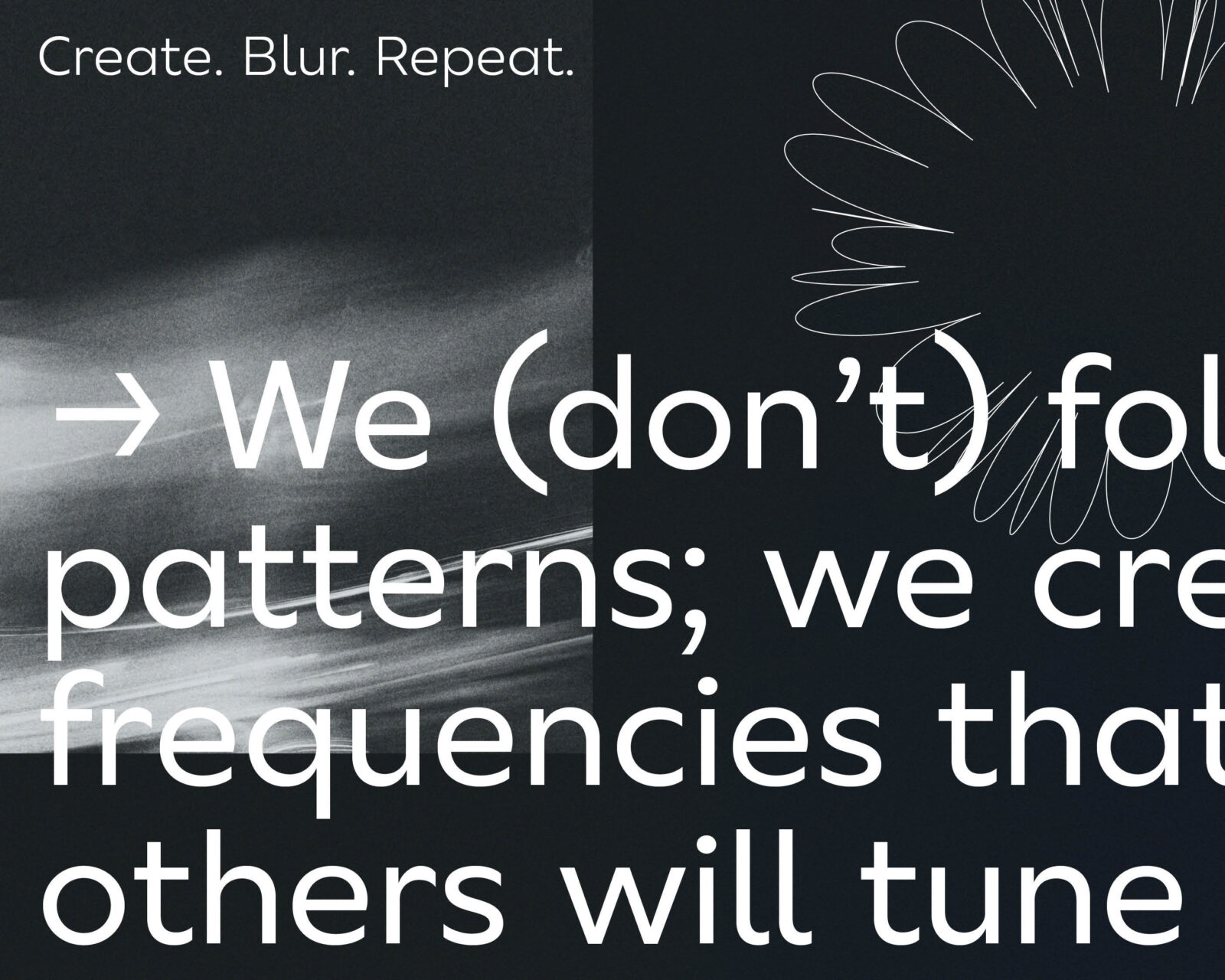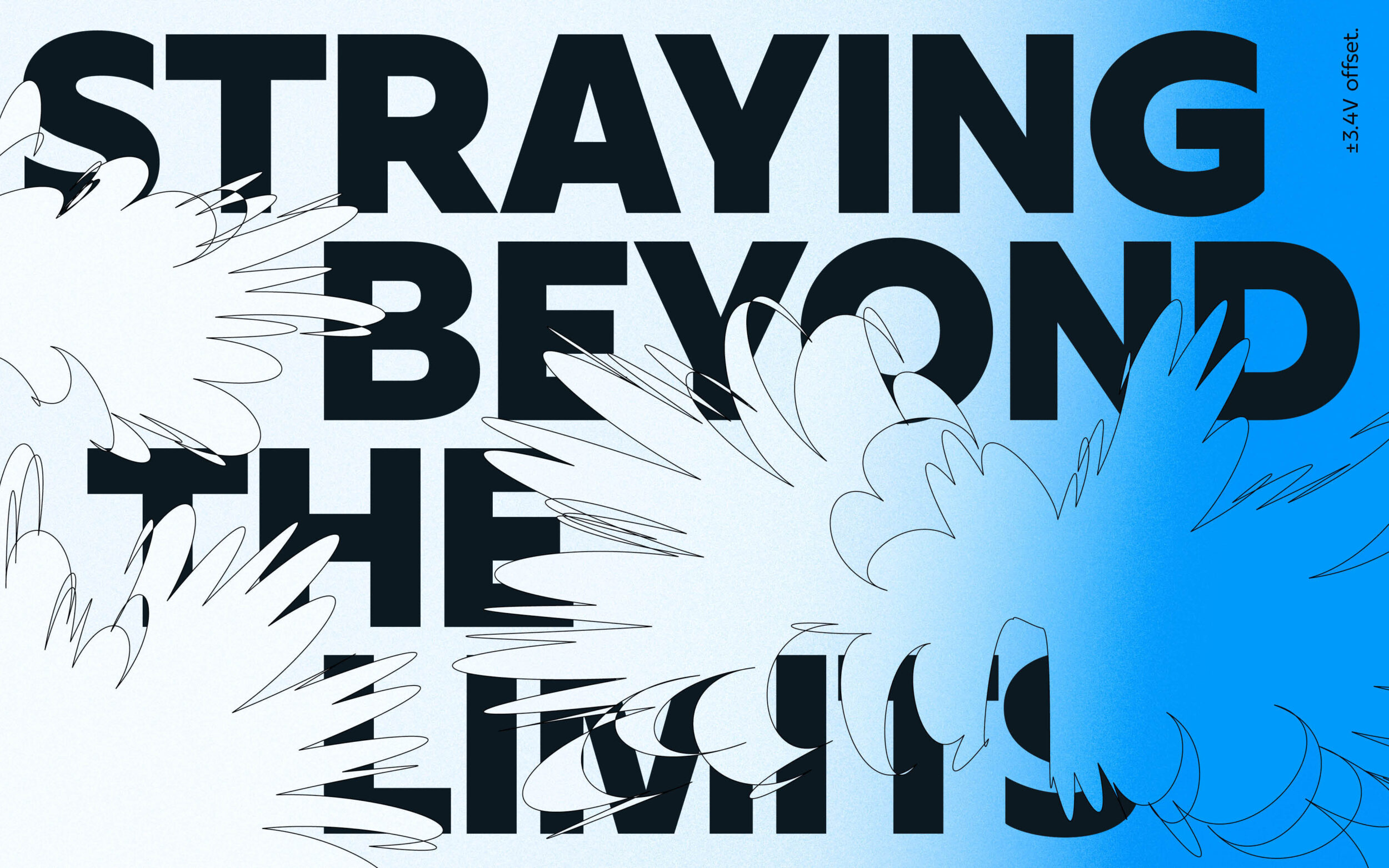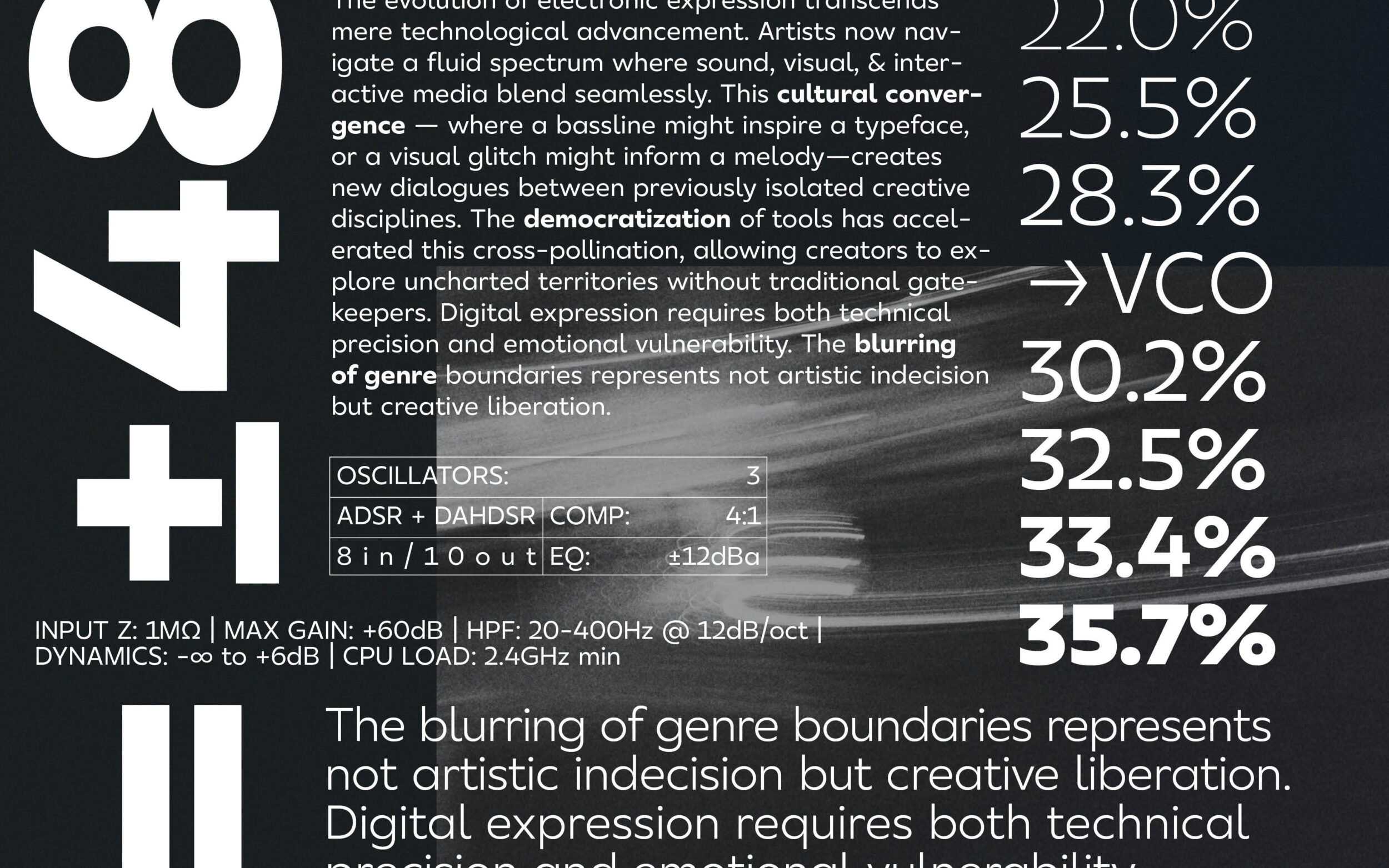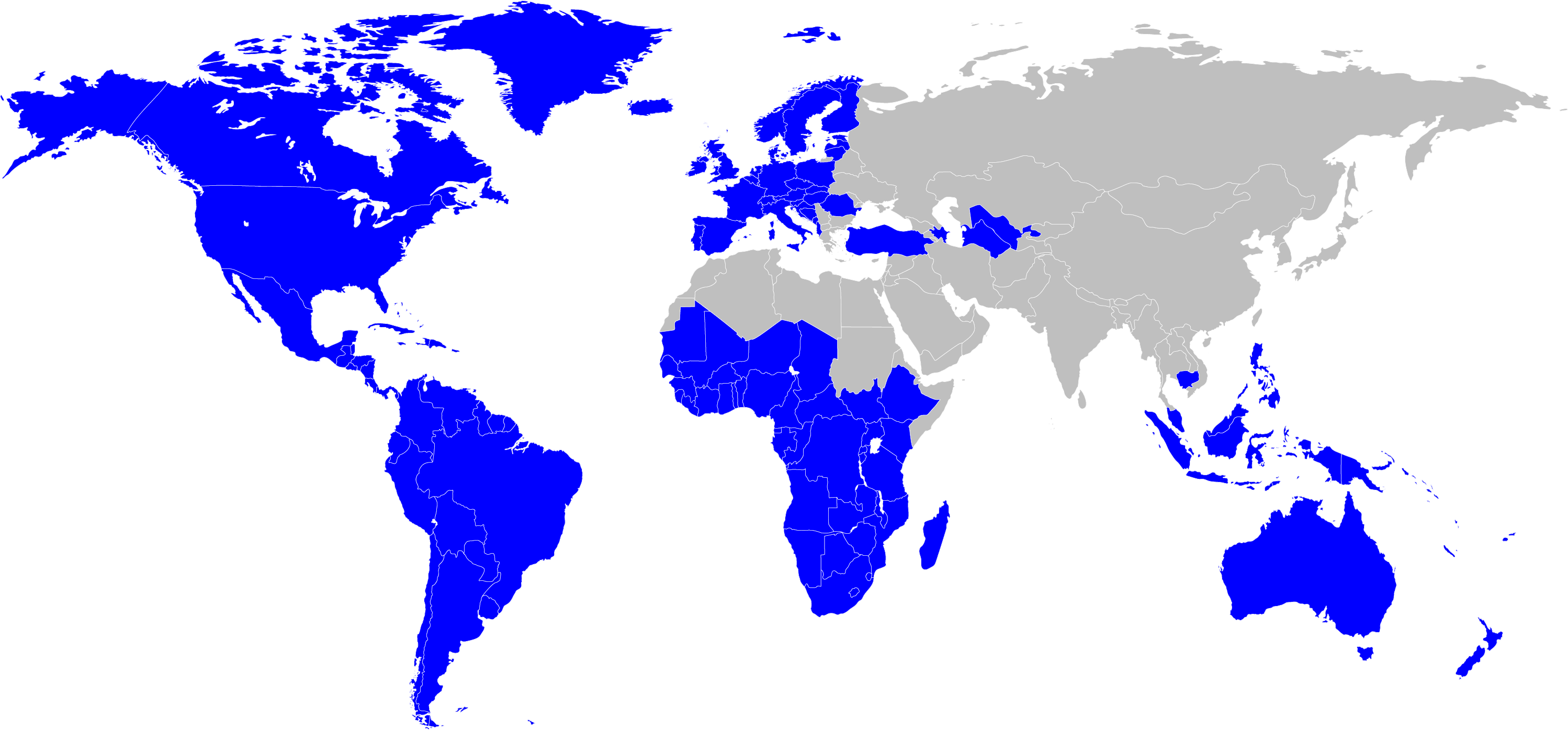Starting
€ 50.00
Single style from
€ 50.00
Complete family from € 260.00
Try
Buy
Complete family from € 260.00
Gustine Variable
Gustine
Gustine
Sincere geometry and dynamic glow.
Gustine
Before the development of MIDI, electronic musical instruments from different manufacturers could generally not communicate with each other. This meant that a musician could not, for example, plug a Roland keyboard into a Yamaha synthesizer module. With MIDI, any MIDI-compatible keyboard (or other controller device) can be connected to any other MIDI-compatible sequencer, sound module, drum machine, synthesizer, or computer, even if they are made by different manufacturers.
Gustine
Contemporary, Functional and Versatile.
Gustine
Chromaticity is an objective specification of the quality of a color regardless of its luminance. Chromaticity consists of two independent parameters, often specified as hue and colorfulness, where the latter is alternatively called saturation, chroma, intensity, or excitation purity.
